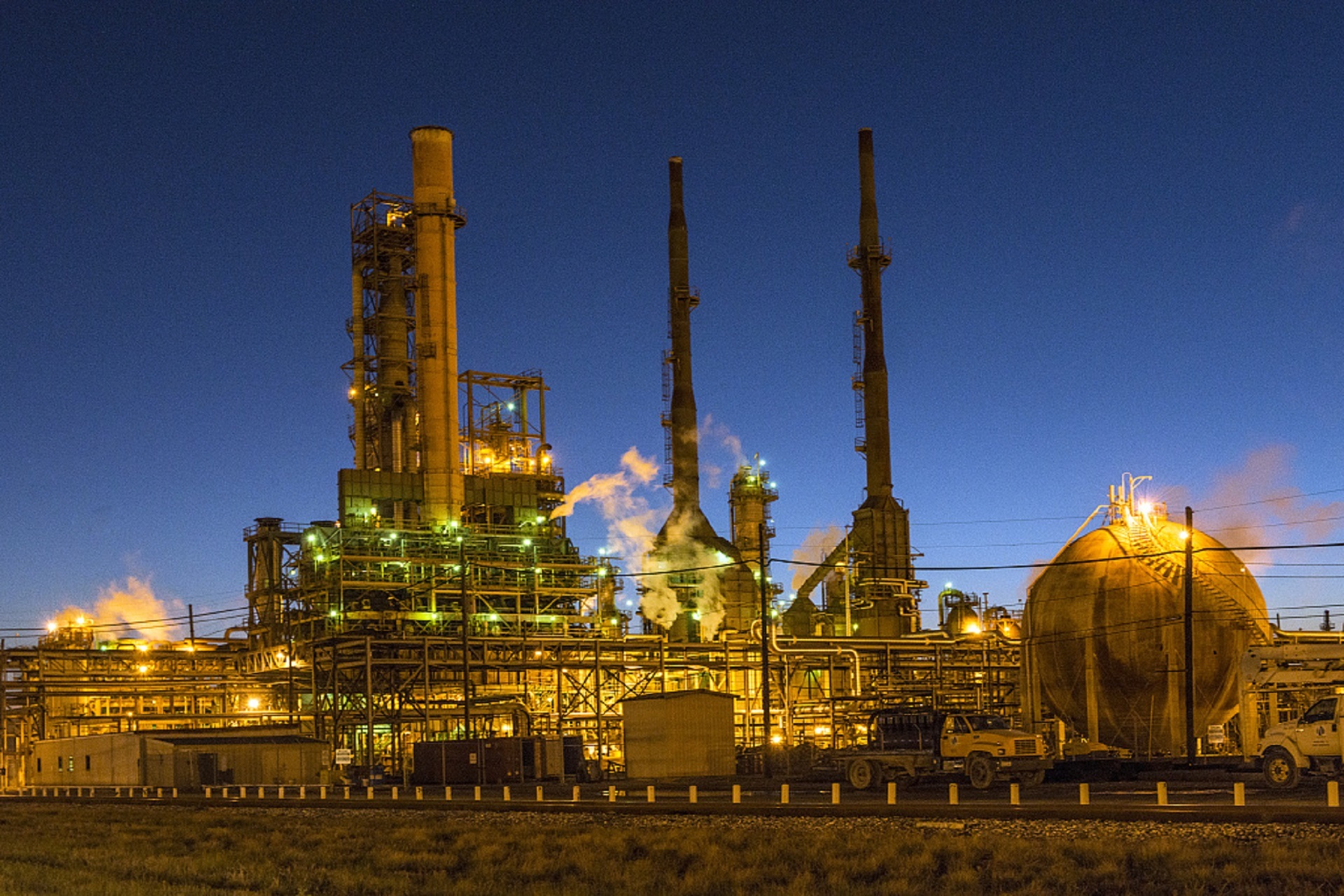- Home
- Industry
- Applications and case studies
- Petrochemicals
Petrochemicals
Petroleum reserves are decreasing progressively, making it all the more critical to enhance the value of each atom of carbon in every drop of oil. This increase in value of crude oil can only be obtained through a better knowledge of oil products and catalysts, if possible on an atomic scale. The use of synchrotron radiation to analyse the intimate, atomic details of these products has proven to be very useful because of the wide ranging and powerful analytical information it provides.
There are different areas within the oil industry where synchrotron radiation can provide unprecedented insight:
- Infrared microscopy analysis of fluid inclusions
- Analysis of trace elements of crude oil to determine the path followed by oil during migration.
- 3D in situ distribution and flow of oil and water in oil-wet matrices using microtomography.
- Studying the conditions of high temperature and high pressure that take place in future oil reservoirs, which are likely to be located much deeper than current ones.
- Studying the behaviour of the mixed fluids (oil, water, gas and sand) that originate in the reservoir when submitted to changes of temperature and pressure during the transport to the surface through small-angle X-ray scattering.
- Studying the syntactic foam structures used as a potential solution for long-term insulation of oil during transport using microtomography.
- Understanding the complexity of nanostructured polymer-clay composites used to make low permeability materials to transport the oil.
- Elimination of S, N, Ni, V from crude oil is of major environmental importance. XANES is able to provide clues as to the local co-ordination of these elements and even more interesting on solid heavy oil deposits.
- Identifying structural and electronic characteristics of catalytic materials under in situ/operando conditions.
CASE STUDIES
 |
Company
BP, University College London, Finden Ltd.
Challenge
The petrochemical industry produces vast quantities of hydrocarbons annually, and any improvement in catalytic efficiency can bring huge economic and environmental benefits. The Fischer-Tropsch Synthesis (FTS) process is likely to become increasingly important as an alternative technology for fuel production. It converts synthesis gas, a mixture of carbon monoxide and hydrogen, into useful hydrocarbons (like diesel or kerosene); it is one of the more viable and sustainable routes to replace gasoline or diesel fuel produced in oil refining and results in ultra-clean fuels. It is already used by a few petrochemical companies, but very few studies regarding the preparation and evolution of catalytically active species on a real ‘structured’ catalyst exist; this information is key for understanding the reasons behind variable catalyst performance.
Sample
3 mm diameter/length Co/-Al2O3 pellets, typically used in a pilot plant reactor.
Solution
At the ESRF, researchers investigated the catalyst pellets in action using the recently developed techniques of scattering-computed tomography on beamlines ID11, ID15 and ID31. This technique allowed the team to study a real catalyst sample, thanks to the unique high energy X-rays of the ESRF and state-of-the-art 2D area detectors, which enabled measurements of the catalysts under real working conditions. X-ray diffraction computed tomography revealed the different phases in the catalyst as it was reduced from cobalt oxide to cobalt metal nanoparticles, which are the active phase for the FTS reaction. The results also showed the location of the catalyst action and that the number of catalytically-active species are removed.
This technique also allows the scientists to tweak the composition of the catalyst and see how its efficiency changes. These results provide important and detailed insight into the real-time behaviour of structured catalysts under reaction conditions providing much needed insight into how to design a catalyst with better performance.
Benefits
FTS is already being used by petrochemical companies in South East Asia and South Africa and is gradually being rolled out across the world. With this research, scientists have taken a decisive step towards a better designed catalyst, making FTS a serious competitor for petrol.
Senecal, P. ,et al, ACS Catalysis, Just accepted manuscript, 31 Jan 2017.



